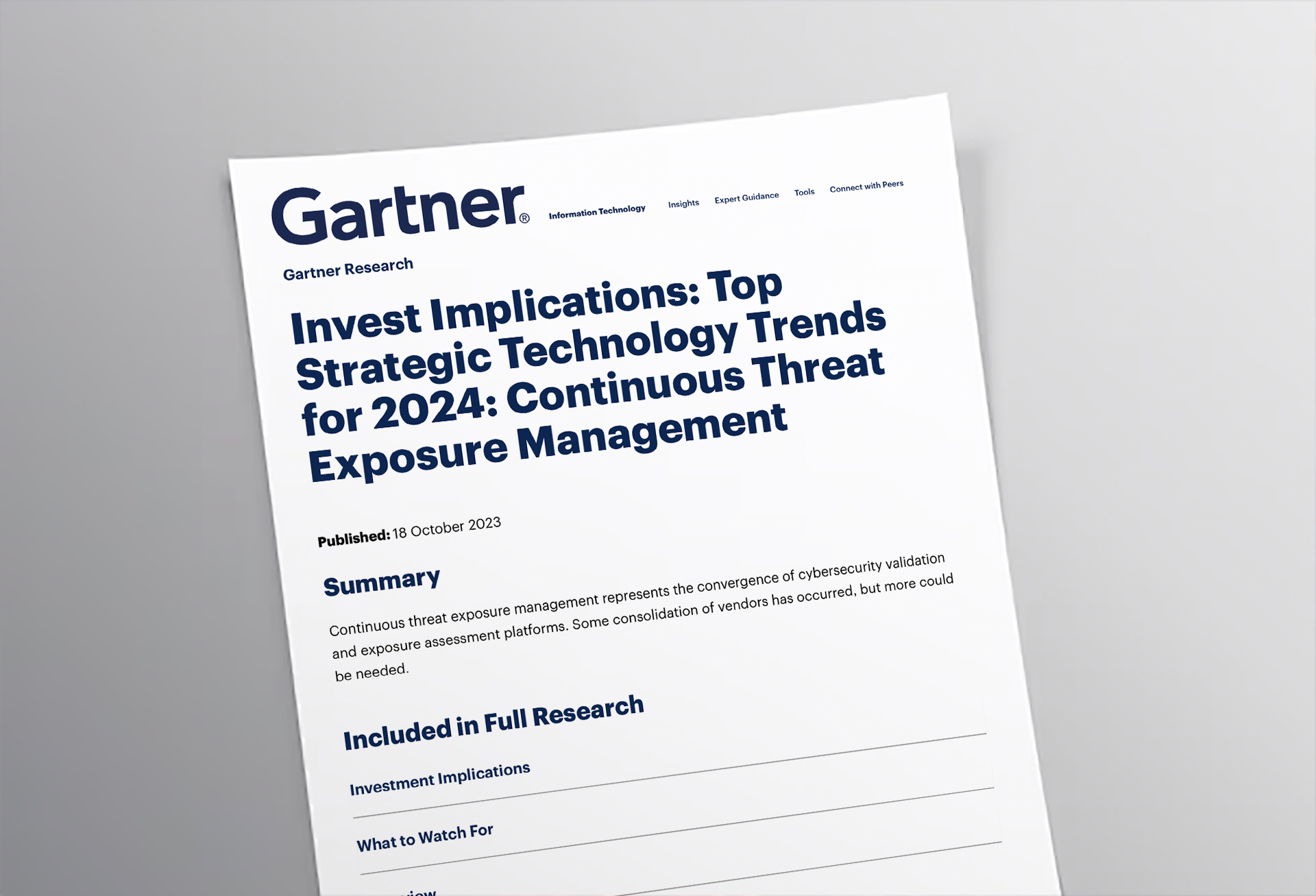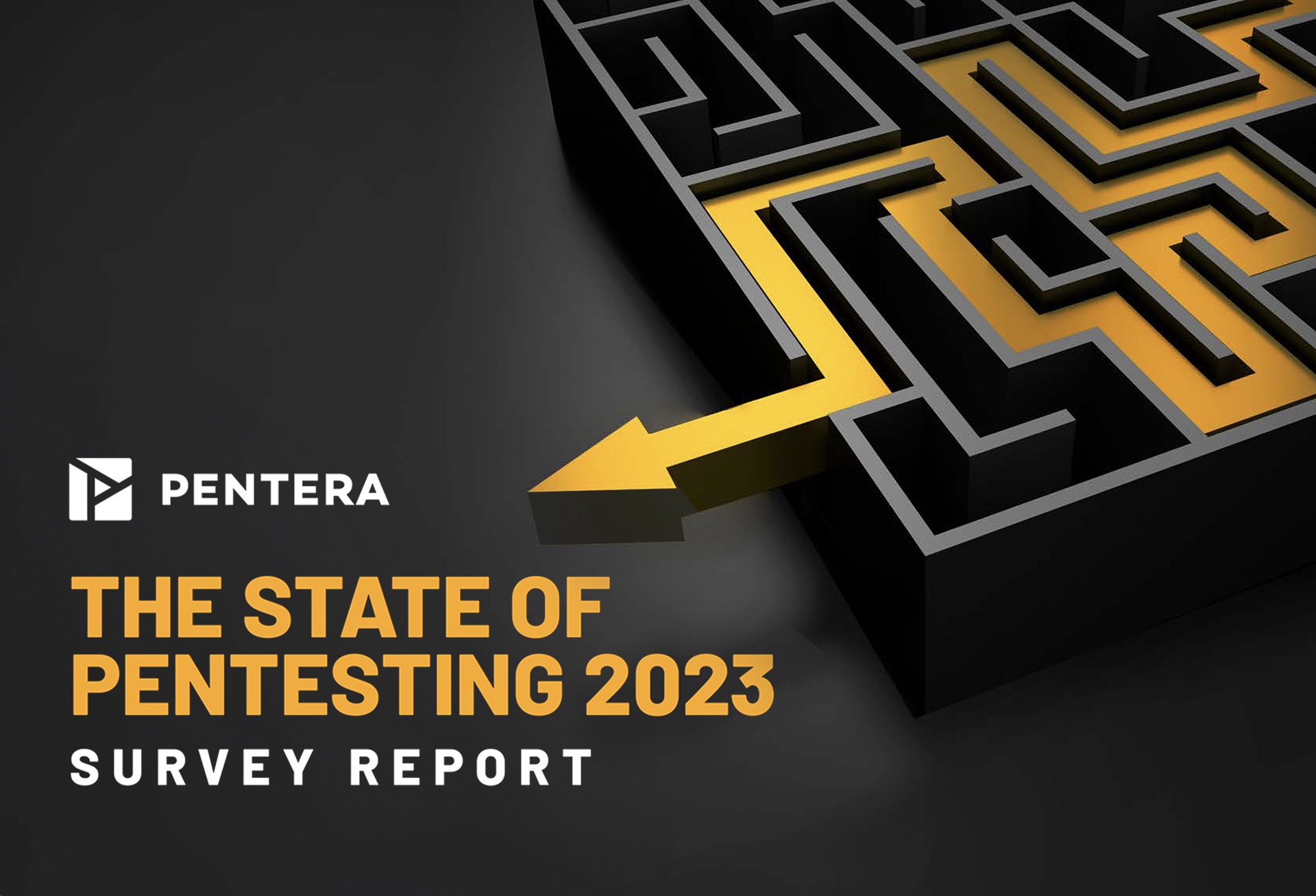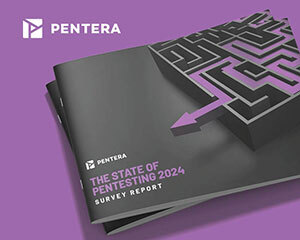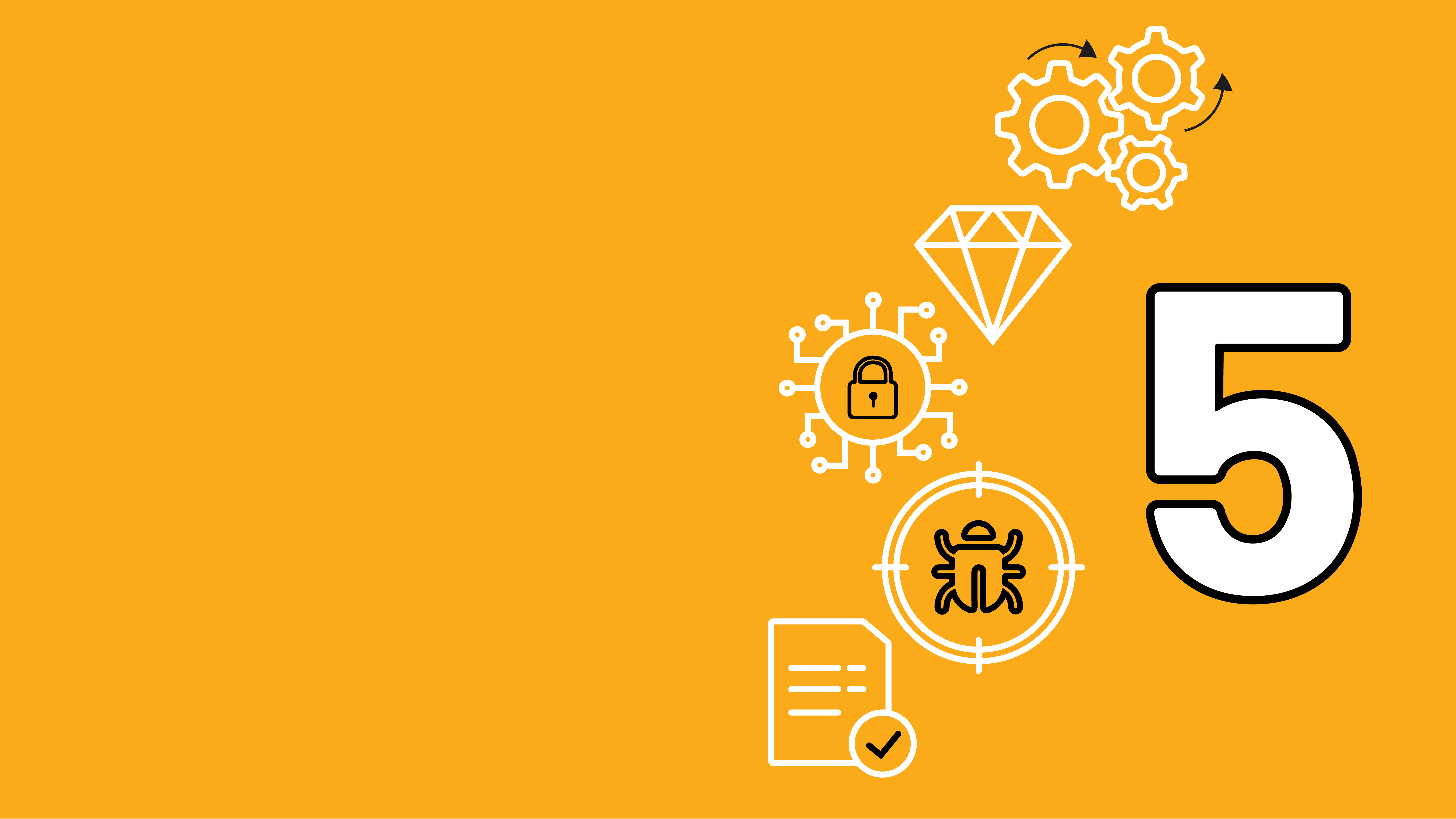With an expanded remote workforce and a rise in cyber-attacks over the past year, validating organizational resilience is top of the enterprise agenda.
By utilizing security validation tools, CISOs can shore up operational defenses, retire ineffective tools and processes, and get a more accurate grasp of the gap between where you think you are, and what your real resiliency levels are like.
However, not all security validation tools are created equal. Here are 5 must-have capabilities of the most effective validation tools:
- Continuous Applicability: New threat vectors are discovered all the time, so a periodic check of your vulnerabilities is out of date almost immediately. 40% of organizations are worried that they aren’t testing their security controls enough. Continuous validation means exactly that: at any given moment, you have real-time, up-to-date confidence in your security program.
- Adversarial Validation: Yes, it’s important to know where your crown jewel assets are, but that knowledge is just step one. Don’t be left wondering how to keep them secure, and base your protection on assumption. Instead, get into the mindset of the attacker, and emulate what they do, from privilege escalation to lateral movement through the network. What do you find that you might have otherwise missed?
- Working Like a Machine: When it comes to testing your network for security validation, humans just don’t come close to machines. Consistency, speed, cost-effectiveness, and accuracy – that’s what you want from a validation platform. An added benefit? Your team can hit play, and go add value elsewhere. Machines don’t blink, don’t sleep, and don’t take coffee breaks. That’s how your security validation should operate.
- Risk-based Prioritization: Alert fatigue happens when security teams are given warnings and long lists of vulnerabilities without context, leaving them to make judgement calls or even skip steps. Smart validation tools will help you assess risk alongside business context, and show you what needs your attention, right now.
- Re-testing Capabilities: Once you’ve put changes into place, have you made a difference? It’s notoriously difficult to know whether the changes you’ve made have had the intended effect and haven’t caused any collateral damage. Your security validation tool should allow you to test again immediately. Security isn’t something you can gauge at a glance to see whether you’re on the path to readiness or not. Make sure you can test again immediately, plus after any significant changes, to compare against the baseline.
Keeping security at the top of your priority list means showing your security teams, and your C-suite, that you have the tools in place to validate that your plan of action is the right one, and that what were once assumptions about your security posture are now based on real-world evidence. This includes investing in security solutions that validate like hackers to provide an “always on” level of visibility and control.
Ready to validate using automation? Get in touch to see a demo of the Pcysys platform.







